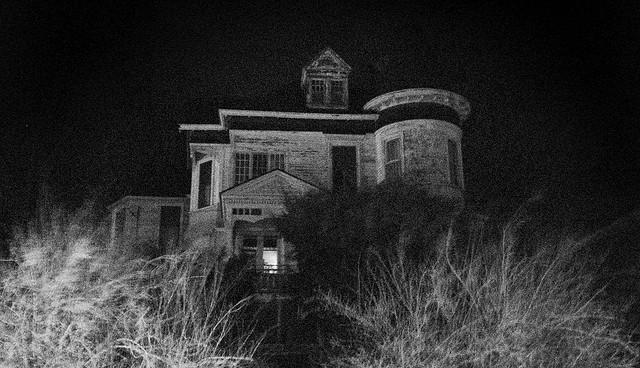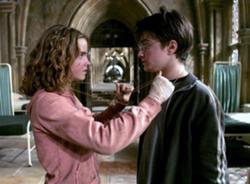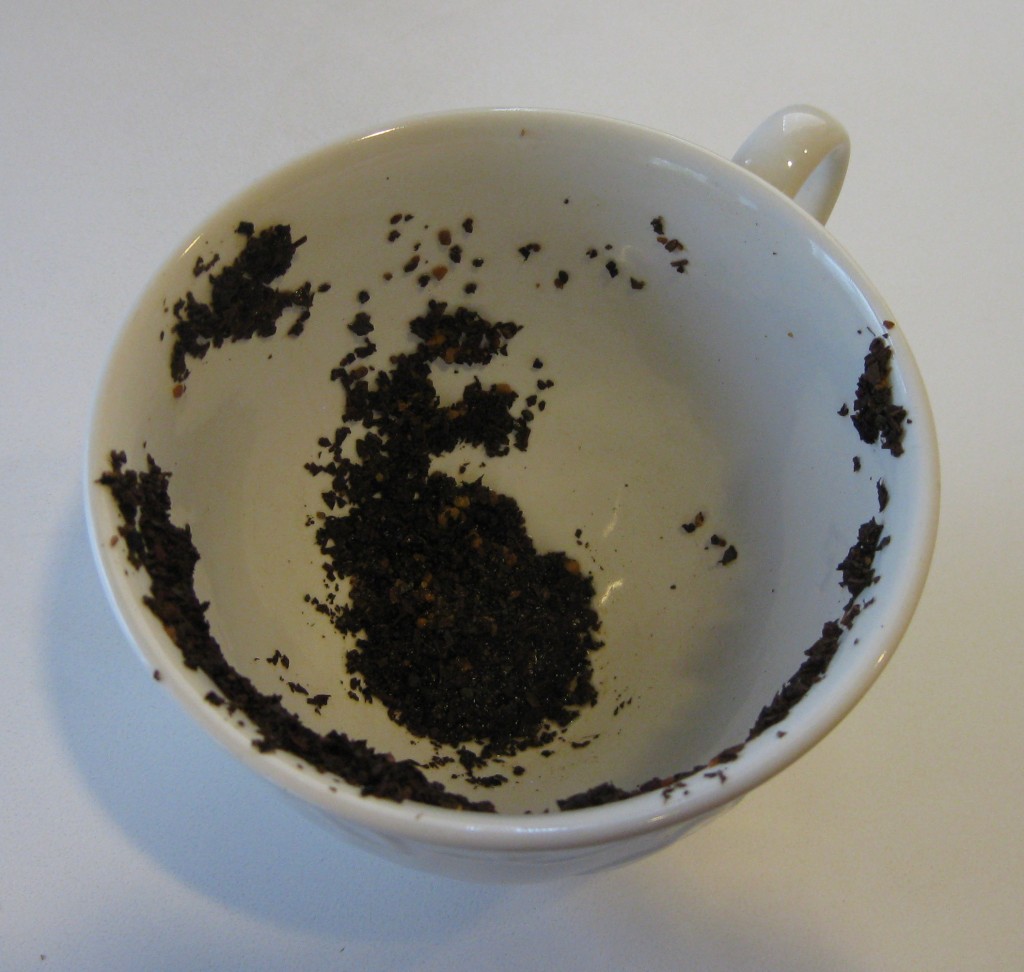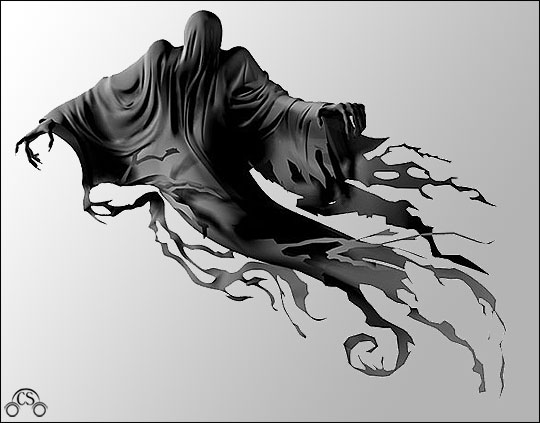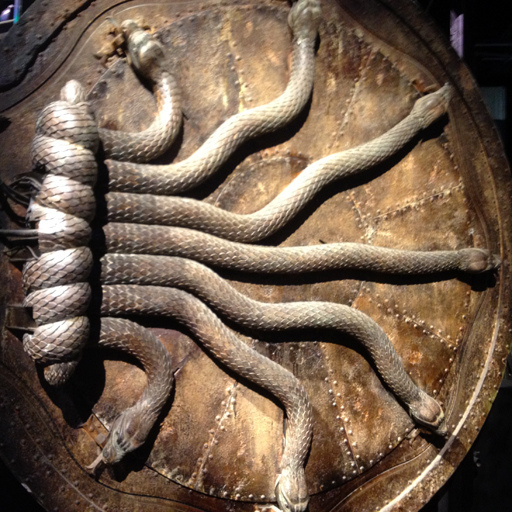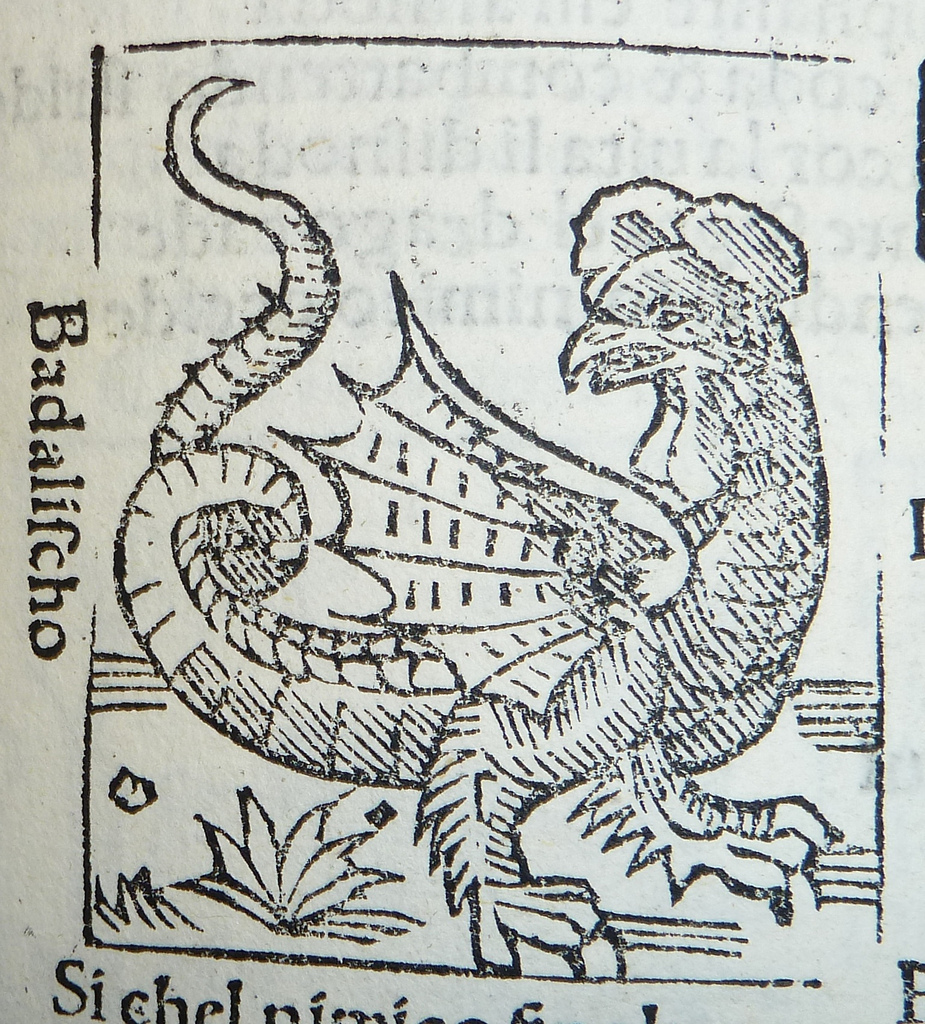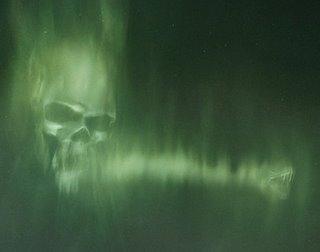 I’m not a fan of the movie version of [amazon_link id=”B00271DNP4″ target=”_blank” ]Harry Potter and the Prisoner of Azkaban[/amazon_link], as I have mentioned before, but it isn’t until the movie version of [amazon_link id=”B000HKY9W8″ target=”_blank” ]Harry Potter and the Goblet of Fire[/amazon_link] that you start to see really major cutting and condensing because the books are so long. Quite possibly, the last four books each could have been made into two films. As a result of the choice to make only one film per book up until the last book, certain major details and even some entertaining ones do not appear in the films. The first conspicuous absence in the film of Goblet of Fire is the absence of the Dursleys, which I seem to recall Richard Griffiths, who played Uncle Vernon, protested vociferously. Instead, we have a condensed version of Frank Bryce’s murder followed by Harry, already staying with the Weasleys and being awoken from a bad dream about Frank Bryce’s murder by Hermione.
I’m not a fan of the movie version of [amazon_link id=”B00271DNP4″ target=”_blank” ]Harry Potter and the Prisoner of Azkaban[/amazon_link], as I have mentioned before, but it isn’t until the movie version of [amazon_link id=”B000HKY9W8″ target=”_blank” ]Harry Potter and the Goblet of Fire[/amazon_link] that you start to see really major cutting and condensing because the books are so long. Quite possibly, the last four books each could have been made into two films. As a result of the choice to make only one film per book up until the last book, certain major details and even some entertaining ones do not appear in the films. The first conspicuous absence in the film of Goblet of Fire is the absence of the Dursleys, which I seem to recall Richard Griffiths, who played Uncle Vernon, protested vociferously. Instead, we have a condensed version of Frank Bryce’s murder followed by Harry, already staying with the Weasleys and being awoken from a bad dream about Frank Bryce’s murder by Hermione.
The Ton-Tongue Toffee scene is great, and I missed it in the film, but the cut I miss even more is the actual Quidditch World Cup. It is an incredible game, as described by Rowling, and given all the lead up, followed by its denouement when the Death Eaters torment the Coles and the Dark Mark is cast over the grounds, it seems strange not to give Quidditch fans the payoff of seeing this incredible game. Movie Krum is more of a show-off than book Krum. Ludo Bagman is cut entirely from the film.
This World Cup is the 422nd Quidditch World Cup, which means the first was held in 1473. According to [amazon_link id=”B005CRQ2JO” target=”_blank” ]Quidditch Through the Ages[/amazon_link], the first two teams to compete in that World Cup were Transylvania and Flanders. All 700 known Quidditch fouls were committed at this game, including the “Transfiguration of a Chaser into a polecat, the attempted decapitation of a Keeper with a broadsword, and the release, from under the robes of the Transylvanian Captain, of a hundred blood-sucking vampire bats.”
In chapter 6, “The Portkey,” we learn about two new means of magical transport: Apparition and Portkeys. Apparition apparently takes some skill, and some wizards never master it. In order to take the Apparition test, a wizard must be 17. George mocks Percy for “Apparating downstairs every morning since [he passed the test], just to prove he can.” The next year, when he and Fred pass the test, they will do the exact same thing.
Because Rowling has chosen to focus on Harry’s point of view, we as readers often learn things only as Harry learns them, with some notable exceptions at the beginning of several of the books. This kind of narration is known as third-person limited. Harry doesn’t tell his own story, but most of the story is told through his limited viewpoint, which offers several advantages for Rowling (adapted from [amazon_link id=”0061340405″ target=”_blank” ]How to Read Novels Like a Professor: A Jaunty Exploration of the World’s Favorite Literary Form[/amazon_link] by Thomas C. Foster, p. 51 on first-person narration).
- We often don’t know what other characters think (though sometimes we do).
- For the most part, we can’t go anywhere Harry doesn’t go (again, with a few notable exceptions).
- Harry is sometimes wrong, and we get to be surprised when he finds out the truth (cf. Snape).
- Harry is not objective. He sees things through his own subjective point-of-view, like all of us.
Because Harry has been raised by Muggles and hasn’t had an opportunity to need to learn about Apparition or Portkeys yet, he doesn’t know what they are. We also see the Summoning charm for the first time as Mrs. Weasley confiscates all the Weasley’s Wizard Wheezes Fred and George have concealed.
Apparition, Portkeys, and the Summoning charm will all be important to the plot later on, but Rowling introduces them earlier so it doesn’t feel like a cheat for wizards to do something we hadn’t heard about before for the first time during a crisis or climactic situation.
We also learn the Lovegoods and Fawcetts are two other wizarding families that live near Ottery St. Catchpole, in addition to the Weasleys and Diggorys. The Fawcetts don’t enter into the story much (Snape takes points from one of them at the Yule Ball), but we get to know Luna Lovegood better next year.
Once everyone arrives at the Quidditch World Cup in chapter 7, “Bagman and Crouch,” we are treated to wizards inexpertly dressed as Muggles (one in a tweed suit with galoshes and another in a kilt and a poncho), once again reminding us why it’s necessary to use Memory Charms on Muggles all the time. It’s no wonder it’s the full-time job of many wizards to hide the Wizarding World from Muggles. They aren’t exactly good at concealing themselves. Who could forget poor Archie, who refuses to wear Muggle trousers because he likes “a healthy breeze round [his] privates, thanks.” He shows up in Pottermore:
Some members of the magical community go out of their way to break the clothing clause in the Statute of Secrecy. A fringe movement calling itself Fresh Air Refreshes Totally (F.A.R.T.)* insists that Muggle trousers “stem the magical flow at source” and insist on wearing robes in public, in spite of repeated warnings and fines.** More unusually, wizards deliberately adopt laughable Muggle confections, such as a crinoline worn with a sombrero and football boots.***
* President Archie Aymslowe
** To date, they appear to have been taken as cult members by Muggles.
*** These are generally taken by Muggles to be students on a dare.
As the crew heads into the campground to find their tent, they see one that looks “like a miniature palace, with several live peacocks tethered at the entrance.” The only other time we see peacocks as decor is at Malfoy Manor, so I’ve always wondered if this is the Malfoys’ tent. Perhaps when Pottermore releases the chapters for Goblet of Fire, we’ll find out.
When Harry goes into their tent, he finds it has been magically enlarged inside, probably with the same Undetectable Enlargement Charm Hermione uses on her purse in [amazon_link id=”0545139708″ target=”_blank” ]Harry Potter and the Deathly Hallows[/amazon_link]. Anyone else reminded of the TARDIS? It’s bigger on the inside!
In this section of the novel, we, like Harry, are surprised to learn about other wizarding schools, and then, like Harry, we also think, “Of course there are other wizarding schools. How silly. The world is big.” Some we learn about include Beauxbatons Academy of Magic, probably in France; Durmstrang Institute, “somewhere in the far north,” probably Scandinavia; Salem Witches’ Institute in Salem, MA; an unnamed Brazilian wizarding school; Mahoutokoro, a wizarding school in Japan (which is mentioned only on Pottermore). There seems to be some debate about whether or not Salem Witches’ Institute is a school or a women’s organization, but my vote is a school. If the wizarding world has a school in America, trust me, it is located in Salem. If you’ve ever been there, you can attest to that fact, and I’ll bet it’s not even concealed. Obviously, there have to be others. Europe alone has three, and it’s not even the largest continent (though it’s third most populated). Asia and Africa both have larger populations than Europe, and if Europe has only three magical schools, then I would think that the others have at least three themselves. I really, really want to read Hogwarts, A History at some point. I hope they release it as a book like they did Quidditch Through the Ages, [amazon_link id=”B005CRQ3IE” target=”_blank” ]Fantastic Beasts and Where to Find Them[/amazon_link], and [amazon_link id=”0545128285″ target=”_blank” ]The Tales of Beedle the Bard[/amazon_link]. I hope when Pottermore gets to this part of Goblet of Fire, we might learn a bit more about other wizarding schools.
Another interesting thing to contemplate reading this section is how Cornelius Fudge greets Harry “like an old friend” and shakes “Harry’s hand in fatherly fashion.” By this time next year, he would actively be trying to discredit Harry, having just been unsuccessful at silencing him through expulsion from Hogwarts.
We meet Narcissa Malfoy, who “would have been nice looking if she hadn’t been wearing a look that suggested there was a nasty smell under her nose,” for the first time in this section. In the next book, we learn she is Sirius’s first cousin and that her maiden name had been Black. Narcissa is not a Death Eater, but she is their ally; however, she is instrumental later on in Deathly Hallows, which I’ll discuss when we get to it. A fun fact: Helen McCrory, who plays Narcissa Malfoy in the films, was originally cast to play Bellatrix Lestrange. She does a fine job as Narcissa, but I’m glad we didn’t miss out on Helena Bonham Carter as Bellatrix. McCrory had to turn the part down after she became pregnant and could no longer play Bellatrix.
Following the match, for some reason, the Death Eaters decide to torment Mr. Cole and his family, likely just because they are plain evil and because they can. They scatter in fear when the Dark Mark appears in the sky. It’s interesting to re-read this scene when you know that Barty Crouch, Jr. is hidden under the cloak because suddenly, a lot of it makes much more sense.
- The trio hears a rustling noise and sees Winky “fighting her way out of a clump of bushes nearby.” She was moving “as though someone invisible was trying to hold her back.” Winky is trying to push a reluctant Barty Jr. to safety. At the time, Harry chalks it up to a notion that Winky didn’t ask permission to hide. It is probably right before this that Harry dropped his wand, which Barty Jr. found.
- The trio hears a strange voice utter the incantation “Morsmordre” to conjure the Dark Mark.
- The Stunning spells unleashed by all the Ministry wizards who Apparate to the scene probably knock Barty Jr. unconscious, right along with Winky. He is still under his cloak, so it is only Winky who has been found, but she managed to take the wand away from Barty Jr. after he conjured the Dark Mark.
- Crouch quickly dashes over to the bushes where Amos Diggory found Winky to search for Barty Jr. When he finds him and ensures he remains concealed, he returns to the group. Amos tries to stop Crouch from investigating further: “No point, Mr. Crouch… There’s no one else there.” But Crouch doesn’t listen because he knows someone else is there.
- Winky covers up for Barty Jr. during the interrogation because of her loyalty, which is why she does not tell the others what she had seen. Otherwise, she might have corroborated the trio’s story about hearing a man’s voice conjure the Dark Mark.
Near the end of this section of the book, we are introduced to Molly Weasley’s family clock, which shows the locations of each of her family members. Harry notes that “It was completely useless if you wanted to know the time, but otherwise very informative.” Some German students built a version of this clock and share instructions for how to build your own on their website.
